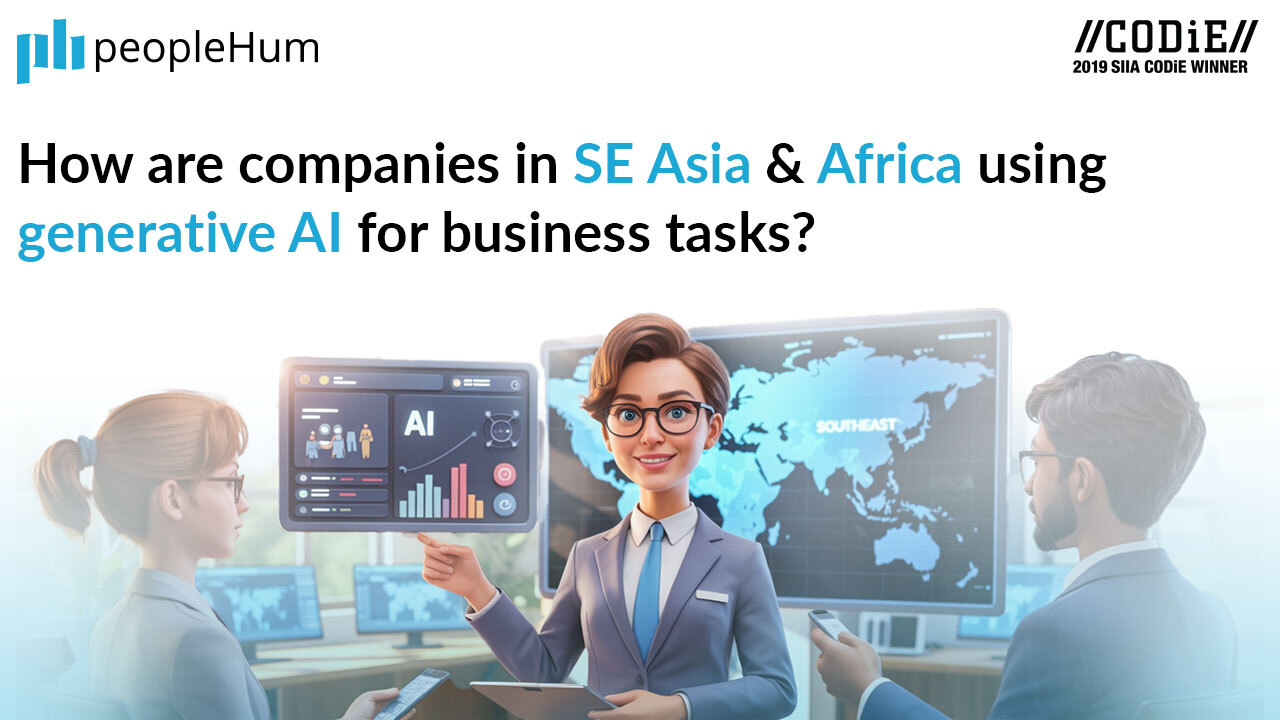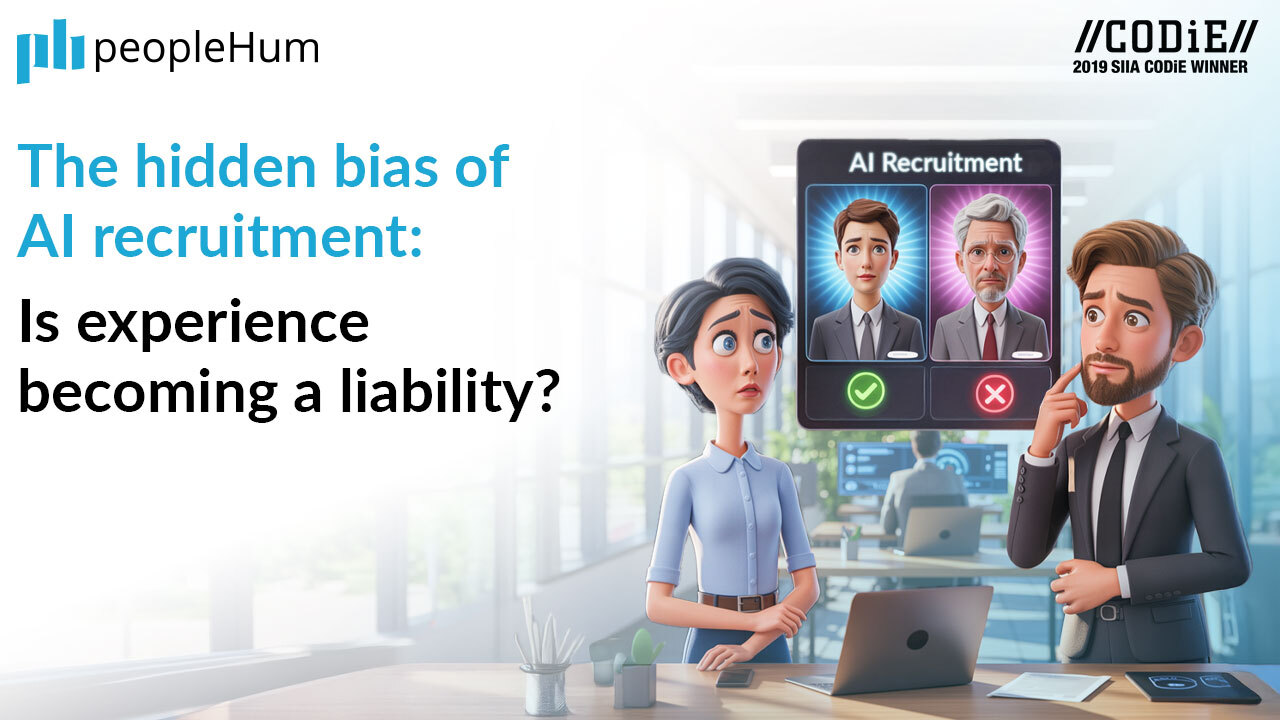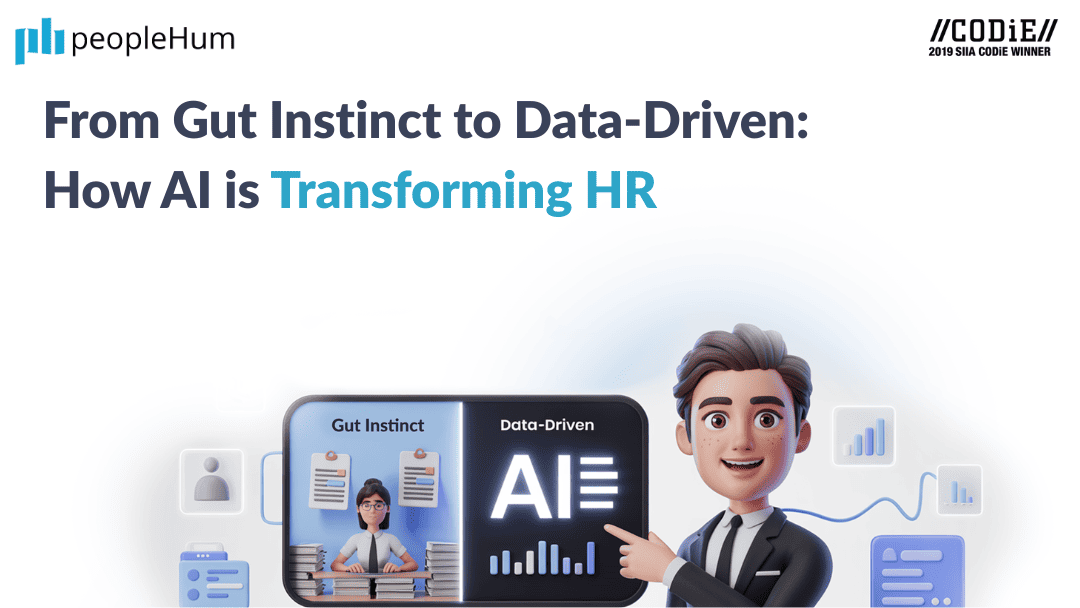The question looming over every HR professional juggling talent pipelines in Southeast Asia or Africa isn't whether Generative AI is shiny; it’s whether that expensive, boss-approved tool is actually doing anything. So, how much of the capabilities of Generative AI is actually being used for business tasks? The answer to "how much" lies in the reality of everyday use, from automating boring reports and whipping up training content to spotting talent gems in a resume pile
The stakes are personal for HR teams hustling across these varied, dynamic regions. SE Asia, and Africa aren’t monolithic regions - they are made up of diverse markets. A tool that effortlessly cranks out localized job descriptions in Mumbai might be a pipe dream in rural Nigeria where shaky internet reigns supreme. For HR, the ultimate gut check is whether GenAI is truly freeing your team from paperwork hell and streamlining onboarding, or if you’re stuck watching competitors sneak ahead.
SE Asia: Is it a mixed bag of fast starts and slow stalls?
SE Asia's GenAI adoption is a complex picture, it is caused by both rapid progress and significant roadblocks. Some countries, like Singapore, are embracing it with cutting-edge applications, while others face hurdles that slow their momentum. The key to understanding this dynamic lies in recognizing the dual nature of GenAI's impact across the region's diverse economies.
- Fast starts: Urban centers are leveraging GenAI for supply chain predictions, helping them navigate regional challenges like monsoon seasons.
- Cultural integration: In places like Jakarta, HR teams are using GenAI to create unique team-building prompts that incorporate local proverbs, strengthening team bonds.
- Stalling factors: Inconsistent rules across borders make it difficult to implement and scale GenAI solutions, particularly for smaller firms.
- Gig economy support: GenAI acts as a crucial tool for the fluid workforce, drafting freelance contracts and skill-matching for workers in countries like Thailand.
- Compliance and legal aid: For managers, GenAI helps by automatically drafting compliance policies tailored to diverse local laws, which can significantly reduce legal costs.
For any business operating in Southeast Asia, the key is to customize, not copy. To build a truly resilient plan, you must deeply probe the stalls and regulatory frictions - they're the most valuable insights for ensuring your GenAI strategy is bulletproof.
Africa: Big dreams, tough grind?
The challenges and creative solutions
- Infrastructure intermittence: The biggest obstacle is the lack of reliable infrastructure, like frequent power cuts that disrupt cloud sessions. This turns eager users into "frustrated waiters" and forces a slow pace of adoption.
- Resourceful reinvention: African companies and HR departments are using free or low-cost tools to generate value. For example, South African mines and Nigerian banks use GenAI for tasks like risk reports, saving significant capital.
- Inclusion igniters: HR is using GenAI to drive inclusion, such as implementing voice bots in rural Kenya to help onboard low-literacy employees. This taps into a huge, previously overlooked talent pool.
- Mobile-first adaptations: To counter unreliable internet, CHROs are developing mobile-first solutions for tasks like performance tracking. This ensures continuity even on shaky networks.
The "slow burn" of Africa's GenAI is a challenge but also a source of lean innovation. The need to adapt to local realities is fostering a focus on sustainable, custom models that respect data rules.
How is GenAI quietly killing It?
1. Workflow streamlining
GenAI excels at automating and condensing high-volume, repetitive tasks, which leads to significant time and cost savings.
- Compliance and documentation: GenAI condenses massive compliance documents, freeing up HR teams to focus on people-centric tasks instead of paper management.
- Audit preparation: It slashes the time required for audit preparation in regulation-heavy markets (e.g., Southeast Asia), saving staff sanity and ensuring smoother operations.
- Multilingual operations: A Jakarta firm uses GenAI for multilingual policy drafts, which drastically cuts translation costs and minimizes errors in global communication.
2. Idea amplification and localized Insight
GenAI acts as a catalyst for human creativity and provides deeper, more timely insights than traditional methods.
- Brainstorming and strategy: Instead of starting from scratch, GenAI provides brainstorming drafts that quickly ignite better plans, for e.g. developing wellness programs for African remote crews based on analyzing local stress triggers.
- Sales and trust building: GenAI crafts script tweaks that turn stiff pitches into trust-builders, directly boosting sales and improving customer interactions.
- Predictive retention modeling: GenAI shines by sniffing out risks from cues like employee email tones, often before official engagement surveys can catch up. This modeling has helped curb seasonal quits in places like Kenya’s tourism hubs.
Barriers to GenAI adoption in SE asia & africa
GenAI adoption in regions like Southeast Asia and Africa is struggling with implementation inertia, primarily held back by unreliable infrastructure, a deep skills chasm in prompt engineering, and a failure by leadership to invest in local needs.
1. Infrastructure intermittence
The "game-changing" tools frequently crash due to unreliable infrastructure, leading to major operational friction.
- Connectivity gaps: Spotty internet and power cuts (common in Africa's grids or SE Asia's islands) kill cloud sessions. Resume parsers, for instance, freeze mid-sessions, causing HR significant frustration and slowing down critical processes.
- Misaligned investment: Leaders often focus on the "digital leap" but skip on basics like reliable data plans for field recruiters (e.g., in rural Ghana) or robust cloud resources. This forces local teams to hack offline workarounds
2. The skills chasm
GenAI's effectiveness is only as good as the prompt it receives, and a lack of skills leads to low-value output.
- Poor Prompting: Managers lack the training to prompt right, resulting in AI outputs that are "as useful as a paperweight."
- Cultural Misfire: For HR, this skills gap means generating content (like diversity training simulations) that misfires on local slang or context, tanking employee trust instead of building it.
3. Resource rationing and lack of calibration
Financial and contextual restraints starve the AI's potential, creating a scenario of "hosting a party but locking the fridge."
- Resource hoarding: Smaller African firms struggle to acquire essential cloud access, if financial aspects come in to picture
- Need for local calibration: Generic, one-size-fits-all AI fails local markets. The workaround is cultural calibration tweaking GenAI for local needs, such as developing Swahili job bots or Bahasa feedback forms.
The competitive edge lies not in avoiding the stumbles, but in fixing them fast by owning the mess, training teams on sharp prompts, and bridging the infrastructural and cultural gaps.
How is GenAI changing HR’s daily grind?
GenAI is transforming HR's daily grind by shifting the function from tedious firefighting to strategic future-shaping through automation, personalization, and advanced analytics across the employee lifecycle.
1. Talent acquisition augmentation
GenAI moves beyond simple keyword matching to identify hidden potential and personalize outreach, especially critical in high-volume markets like India and SE Asia.
2. Upskilling orchestration
GenAI acts as a mentor-multiplier by quickly generating customized and localized learning content, making high-quality training accessible to dispersed teams.
3. Engagement analytics and retention
GenAI provides predictive insights into employee sentiment, allowing HR to address burnout and curb high-churn rates.
4. Personalized employee journeys
It makes career and development pathways feel bespoke to the individual, which is key for retention in modern, flexible work environments.
Wrapping it up
GenAI agents can handle full tasks, like onboarding from offer to setup. These are strategic business task automations. Multimodal mashups blend text, voice, and video for immersive training, perfect for Africa’s dialects. As genAI optimizes green hiring, you are supporting SE Asia’s eco-push by cutting paper use. If you’re an HR in these regions and not prepping now, your playbook’s outdated. Lean in, or lag out- what’s your move?


















































